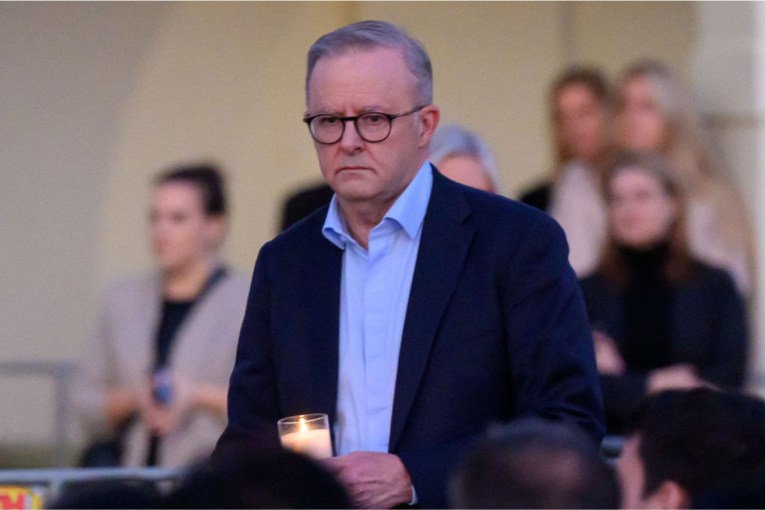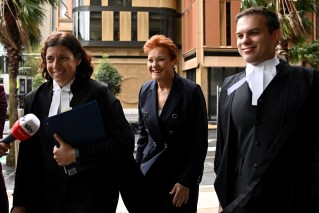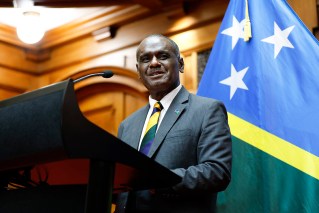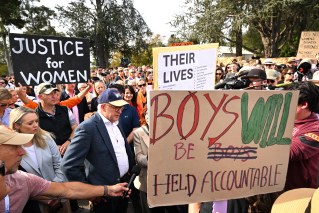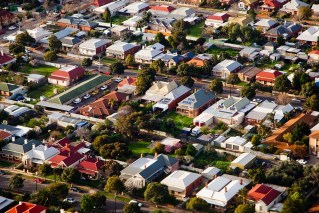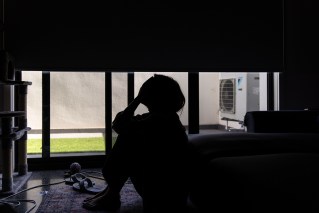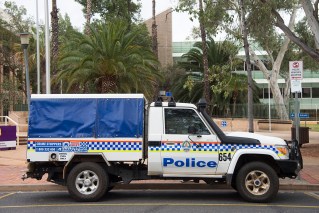Foreign aid, trade and the delicate China challenge


Australian aid to Pacific nations will have clear objectives on climate change. Photo: NASA
Australia will shift its foreign aid focus towards projects responding to climate change and gender equality as an alternative approach to China’s aid amid a rising contest for regional influence.
Tuesday’s aid overhaul – hailed by the government as the first in a decade – comes just days after a breakthrough in a three-year trade dispute with Beijing.
Simultaneously normalising frosty relations with China while stepping up efforts to compete in the Pacific appears to be the government’s central foreign policy challenge.
Implicit comparison
The only mention of Beijing at Tuesday’s launch was through implicit comparison.
Speaking at the launch, Foreign Minister Penny Wong said the region had changed significantly since Australia’s last aid policy overhaul and was now facing its most significant challenges in generations.
“These challenges include encroachments on the ability of countries to exercise their agency,” Minister Wong said.
“Unsustainable lending; coercive trade measures; the reshaping of international rules, standards and norms that have benefited smaller countries from trade to human rights …”
Critics have also questioned the quality and utility of significant infrastructure projects funded by Chinese aid.
Australia’s aid focus
Minister for International Development Pat Conroy said the overhaul would focus on the unique characteristics of Australian aid, including that it was transparent and not transactional.
Mr Conroy spruiked the hiring of local workers on infrastructure projects (Beijing has insisted on bringing in its own) as a central selling point.
Another would be a requirement for 80 per cent of new, major projects to include objectives for promoting climate change responses and gender equality.
“We are on a journey to rebuild our development program into one which works better to: Improve the lives of people in our developing country partners … [and] … embody Australia’s values,” he said.
Twenty two of Australia’s 26 closest neighbours are developing countries, Mr Conroy said.
In October, the Australian government committed an additional $1.4 billion in development assistance expenditure over the next four years.
Nationals Senator Matt Canavan criticised the changes, saying Pacific nations did not need a “gender studies” lecture and that the focus on climate change was a Western eccentricity.
Rising contest
The contest for influence in the Pacific is being fought across domains other than aid, and with players other than China.
In recent months foreign leaders have converged on Papua New Guinea, Australia’s nearest neighbour, including Indian Prime Minister Narendra Modi, Indonesian President Joko Widodo and both of America’s secretaries of state and defence.
French President Emmanuel Macron made a historic visit last month, too, pitching an alternative to a region whose smaller countries were threatened by a “new imperialism”.
Last month, US Secretary of State Antony Blinken opened a new embassy in Tonga, a country that has fallen more than $150 million into debt to Beijing.
The flow of aid and development finance from Beijing to the region, while slowed in recent years, now focuses on countries increasingly drawn into its orbit.
China and Solomon Islands have signed a security pact; it was revealed last year, in what was considered a major foreign policy setback.
But Australia is the country’s most significant development partner and spent more than $161 million on aid to Honiara last year, according to budget papers
Some $55 billion was spent on development and financing projects in the Pacific between 2008 and 2020 by 67 different donors, according to estimates published last year by the Lowy Institute.
Chinese development expenditure over that time has amounted to more than $5 billion.
A former Prime Minister of Samoa, Tuilaʻepa Saʻilele Malielegaoi, hailed Beijing’s approach to development as “extremely flexible”.
Barley breakthrough
The changes come after Beijing announced it would drop, from Saturday, an 80.5 per cent tariff imposed on Australian barley in 2020 as part of broader economic retaliation brought in response to rising tensions with the Morrison government.
A higher trade barrier on wine remains.
“We want all impediments removed,” Trade Minister Don Farrell said.
“We think with some goodwill on both sides, we can completely stabilise the relationship.”
